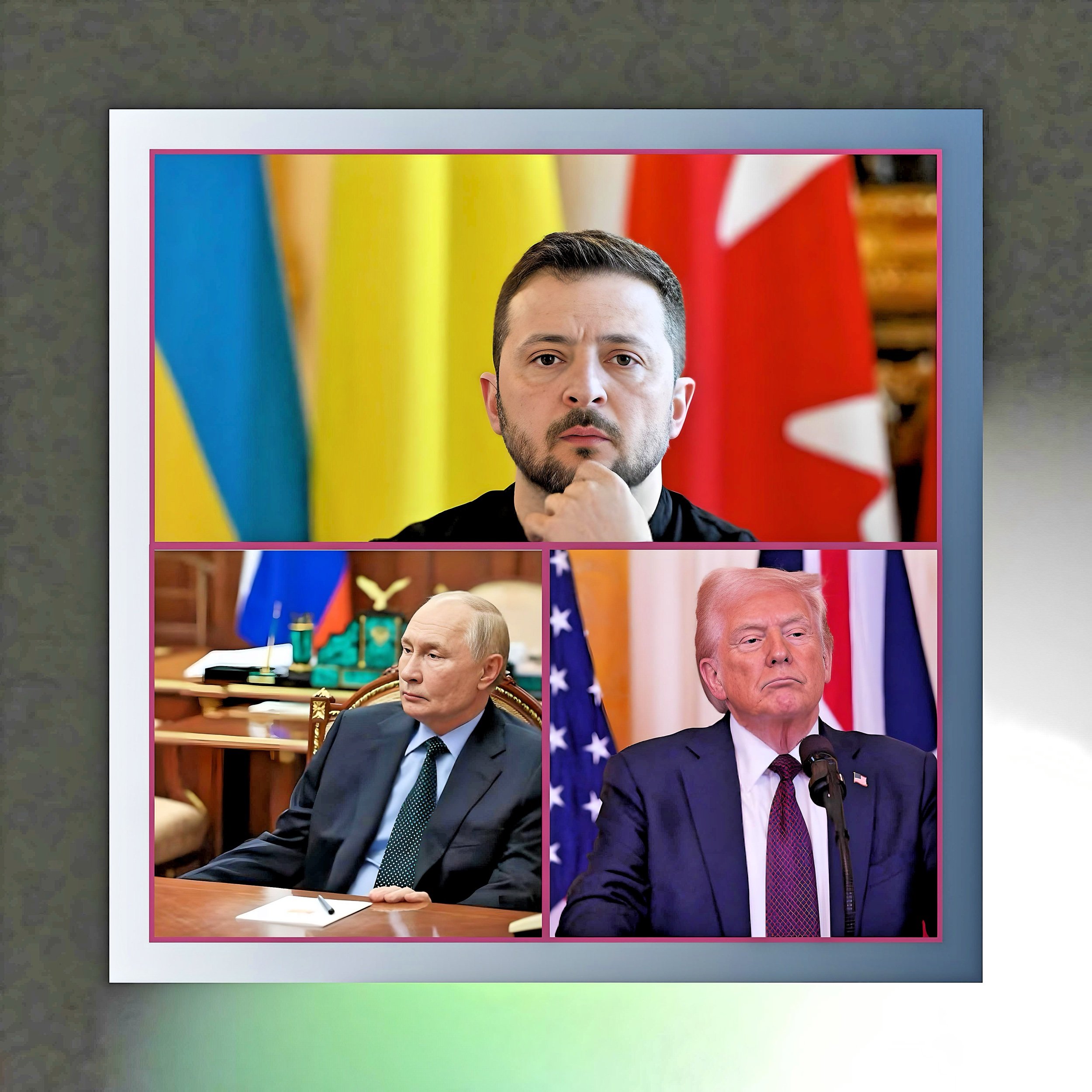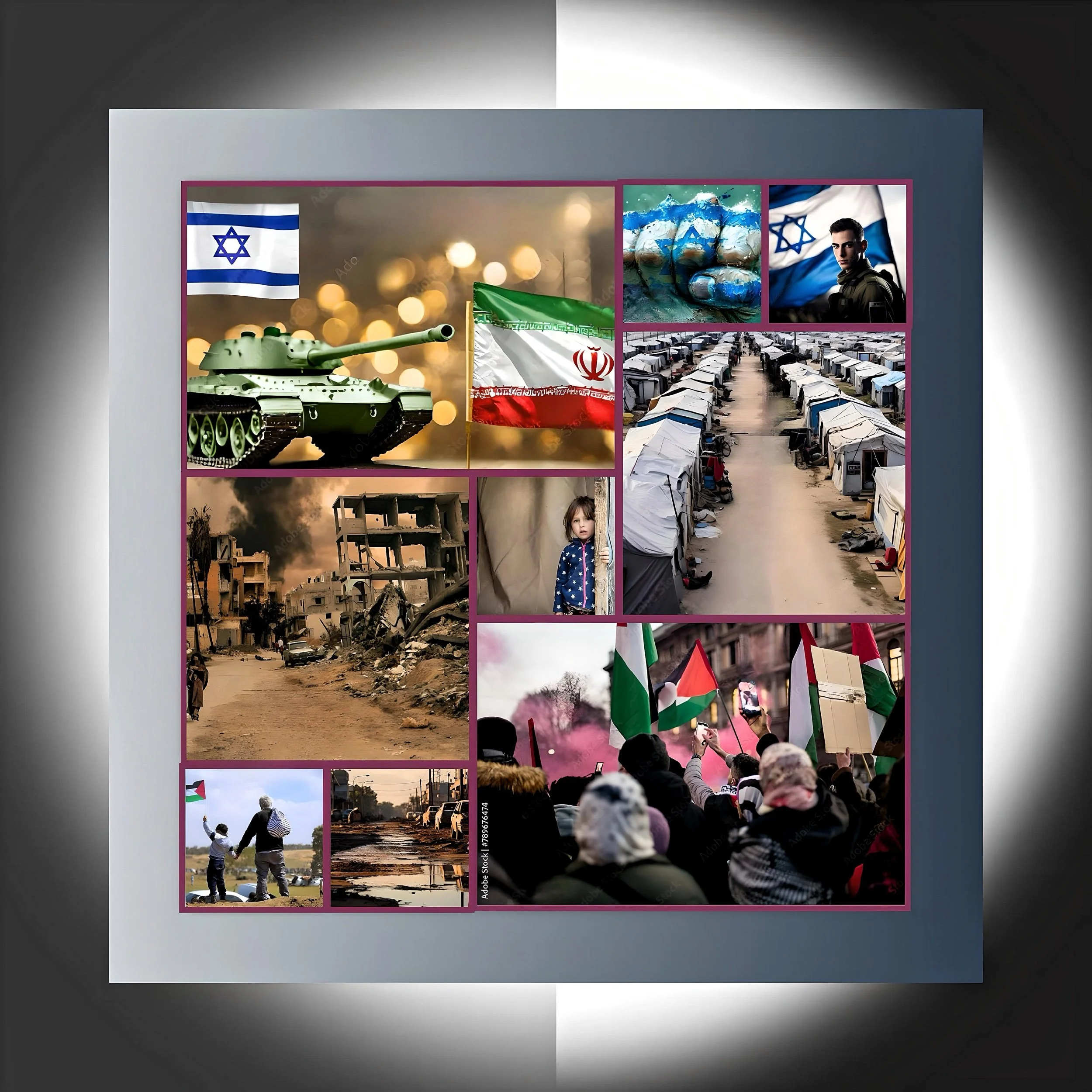Arab Nations’ Response to the Palestinian Crisis: Between Diplomatic Condemnation and Tangible Action
Introduction
The ongoing humanitarian and political crisis in Palestine, particularly in Gaza, has prompted a range of responses from the Arab world.
Yemen has become a prominent advocate for the Palestinian cause, engaging through military action, diplomatic initiatives, and grassroots mobilization. In contrast, other Arab nations have focused primarily on diplomatic condemnations and humanitarian commitments.
This analysis will explore the diverse responses within the region, placing them within the context of geopolitical dynamics, regional alliances, and historical relationships that inform Arab policies toward Palestine.
Yemen's Committed Military and Ideological Support for Palestine
Strategic Military Operations in the Red Sea
In light of the recent escalation of violence in Gaza, Yemen’s Houthi-led government has positioned itself as a proactive supporter of the Palestinian cause.
The Houthi movement, known as Ansar Allah, has undertaken numerous maritime operations targeting vessels associated with Israel in the Red Sea and Bab al-Mandab Strait, aiming to disrupt critical trade routes to influence Israel’s military actions in Gaza.
These operations, described as a “blockade of Israeli navigation,” have generated significant international discussion while resonating with Arab citizens who seek a more vigorous response from other regional actors.
This military strategy is complemented by substantial domestic engagement. Since October 2023, weekly mass rallies in Sana’a and other areas under Houthi control have drawn large numbers of participants. Additionally, the movement has mobilized and trained numerous volunteers in preparation for potential further escalation.
Sayyed Abdulmalik Al-Houthi, the movement's leader, has articulated Yemen’s commitment as part of a broader religious duty, emphasizing, “Our actions are tied to the enemy’s adherence to the agreement… We remain in constant readiness, with fingers on the trigger.”
Diplomatic and Ideational Leadership
Yemen has also sought to influence regional discourse through its military actions. The March 2025 virtual international conference, “Palestine: From the Nakba to the Flood,” brought together a diverse group of researchers, diplomats, and Palestinian factions to collaborate on strategies opposing displacement.
The Houthi government has skillfully leveraged historical narratives, linking its resistance efforts to Zionist projects back to the 2001 Quds Day commemorations established by founder Hussein Badr al-Din al-Houthi.
This approach contrasts with the more transactional diplomacy exhibited by Gulf monarchies, allowing Yemen—despite its humanitarian challenges—to be viewed as a symbolic champion of Arab solidarity.
The Arab Diplomatic Front: Condemnations Without Immediate Action
Collective Statements vs. Concrete Measures
Since October 2023, the Arab League and various individual states have issued over 30 joint declarations condemning Israeli actions in Gaza, such as the February 2025 Six-Party Meeting in Cairo, which reaffirmed support for a two-state solution.
However, these statements often lack substantive enforcement mechanisms. For instance, the $2.47 billion 2025 Yemen Humanitarian Response Plan aimed at aiding Palestinian refugees in Yemen has received limited contributions from Gulf nations, which have concentrated their support on stabilizing Yemen’s Houthi-led north.
In the wake of Israel’s announcement of a total blockade of aid to Gaza on March 3, 2025, Saudi Arabia, Egypt, Jordan, and Qatar swiftly condemned the action as a “blatant violation of international law.”
Nevertheless, no immediate retaliatory actions, such as diminishing oil exports to Israel’s allies or altering diplomatic relations established under the Abraham Accords, have been taken. Similar to the UAE’s denunciation of Israeli statements against Saudi Arabia in February 2025, the lack of material repercussions underscores a preference for inter-Gulf unity over direct intervention on behalf of Palestinian interests.
Humanitarian Assistance: Scope and Limitations
The UNDP’s $40 million early recovery program in Gaza, developed collaboratively with the Palestinian Authority and Arab donors, exemplifies the technocratic framework often favored by Arab states.
This plan prioritizes critical needs such as debris clearance, temporary shelter, and infrastructure assessments but notably avoids funding groups associated with resistance efforts, reflecting donor stipulations.
Qatar’s $100 million aid initiative, announced as part of its mediation efforts in ceasefire discussions, is contingent on Israeli approval for aid entry points, illustrating the complexities of regional geopolitics.
In contrast, Yemen’s direct aid convoys, which were intercepted by Saudi-led coalition forces in 2024 while attempting to bypass restrictions imposed by Israel, highlight a willingness to challenge the status quo that is often absent in wealthier Arab states.
Structural Barriers to Arab Action
Geopolitical Entanglements and U.S. Leverage
The Trump administration’s 2025 “Gaza Riviera” proposal, which advocated relocating Palestinians to Sinai and Jordan, has drawn attention to the vulnerabilities faced by Arab states.
Despite a unanimous rejection of this plan, Egypt and Jordan remain constrained by substantial U.S. military aid, estimated at $3.1 billion annually, which is used to strengthen peace treaties with Israel.
Saudi Arabia’s pursuit of a U.S. security guarantee for its civilian nuclear program further complicates the situation, representing additional challenges for the region's broader commitment to the Palestinian cause.
Yemen as a Counter-Model: Implications and Risks
Grassroots Mobilization and Asymmetric Warfare
Yemen's approach uniquely integrates conventional and irregular tactics. The presence of the Houthi-trained “Gaza Brigades”—a robust force of 50,000 operatives equipped with drones and ballistic missiles—illustrates this hybrid strategy. Although these units have not yet been deployed to Palestine, their existence serves as a reminder for Arab states to articulate their positions regarding the status quo in the region.
In addition, civil society networks are playing a critical role. Yemeni NGOs have allocated 15% of their humanitarian aid budgets to support Palestinian causes since 2023, in contrast to a mere 0.3% from Saudi Arabia.
This emerging “solidarity economy” enhances Yemen’s leadership image, even amid its own pressing humanitarian needs, which affect 19.5 million people.
Escalation Risks and Regional Stability
The actions taken by Yemen present notable risks. The U.S.-British naval buildup in the Red Sea, scheduled for March 2025 in response to Houthi activities, poses a potential threat to reinvigorating large-scale conflict within Yemen.
Additionally, the Houthis’ alignment with Iran’s “Axis of Resistance” introduces complexities for Saudi Arabia as it navigates a delicate balance between Palestinian solidarity and apprehensions regarding Iranian influence.
Conclusion
The Cost of Diplomatic Caution
The Arab world’s response to the recent crisis in Palestine highlights a significant dichotomy between declarative commitments and tangible actions.
While Yemen has taken bold steps to express solidarity, many Arab states remain influenced by geopolitical considerations, internal stability challenges, and institutional fragmentation.
The forthcoming Arab League summit in March 2025 represents a pivotal moment. To advance from mere verbal support to actionable strategies, member states might consider the following:
Leverage Economic Power
Implement targeted sanctions on Israeli firms operating in occupied territories, utilizing the collective economic strength of Arab nations, which boasts a GDP of $3.4 trillion.
Reform Aid Architecture
Direct a portion of sovereign wealth funds (for instance, 1% of Saudi Arabia’s $925 billion Public Investment Fund) towards establishing Palestinian institutions that can operate without Israeli constraints.
Condition U.S. Partnerships
Link ongoing security cooperation with the U.S. to enforceable measures aimed at enhancing access to aid for Palestinians and imposing restrictions on settlement expansions.
Without these structural changes, the Arab world’s approach to Palestinian policy may continue to reflect two divergent paths: Yemen’s assertive activism juxtaposed with the cautious pragmatism of the Gulf states, with the well-being of the Palestinian masses at stake.






